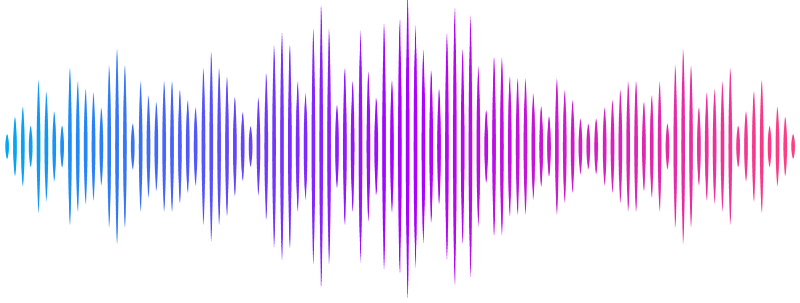Proviruses in CD4+ T cells reactive to autologous antigens contribute to nonsuppressible HIV-1 viremia

Proviruses in CD4+ T cells reactive to autologous antigens contribute to nonsuppressible HIV-1 viremia
Wu, F.; Moskovjlevic, M.; Dragoni, F.; Jayaraman, S.; Board, N. L.; Camilo-Contreras, A.; Bernal, S.; Hariharan, V.; Zhang, H.; Lai, J.; Singhal, A.; Poulin, S.; Chano, F.; Chamberland, A.; Tremblay, C.; Zoltik, M.; Hoffmann, C. J.; Jones, J. L.; Larman, H. B.; Montaner, L. J.; Siliciano, J. D.; Siliciano, R. F.; Simonetti, F. R.
AbstractAntiretroviral therapy (ART) halts HIV-1 replication, reducing plasma virus levels to below the limit of detection, but it is not curative due to a reservoir of latently infected CD4+ T cells. In some people living with HIV-1 (PLWH), plasma HIV-1 RNA becomes persistently detectable despite optimal ART. This nonsuppressible viremia (NSV) is characterized by identical, non-evolving HIV-1 RNA variants expressed from infected CD4+ T cell clones. The mechanisms driving persistent virus production from a specific population of infected cells are poorly understood. We hypothesized that proviruses in cells responding to chronic immunologic stimuli, including self-associated antigens, may drive viral gene expression and NSV. Here, we demonstrate that stimulation of CD4+ T cells with autologous cell lysates induces virus production in an MHC-II-dependent manner. In 7 of 8 participants with NSV, we recovered viral RNA released ex vivo in response to autologous cell lysates that matched plasma virus. This process involves both defective and replication-competent proviruses residing in conventional T cells, and is also observed in PLWH with undetectable viremia. These findings suggest that recognition of self-associated antigens is an important cause of HIV-1 reservoir expression, which can contribute to persistent systemic inflammation and potential rebound upon ART interruption.